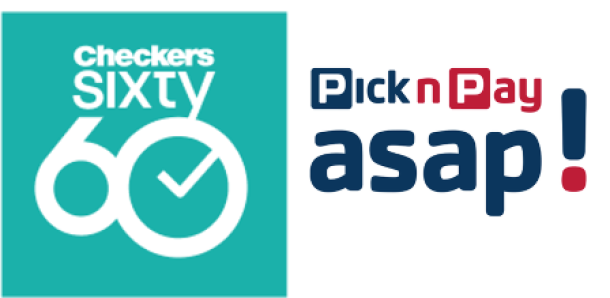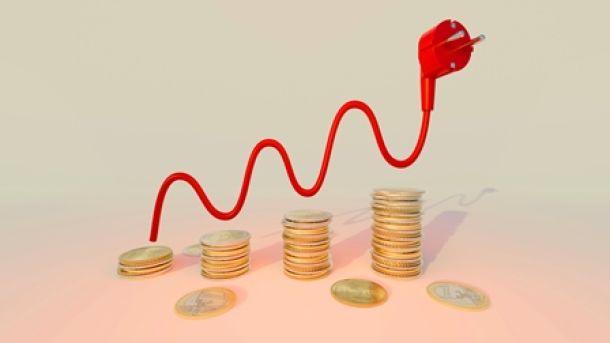Best and worst banks in South Africa according to customers
BrandsEye has published its 2020 South African Banking Sentiment Index, revealing how consumers feel about the big retail banks in the country.
The index is based on a collection of over 2.5 million social media posts about local banks, between September 2019 and August 2020.
The customer service and experience solution provider uses topic analyses to gauge the sentiment of posts (either positive or negative), across 70 topics, and seven broad categories including reputation, customer service, pricing and customer retention.
The net index score is determined by subtracting negative sentiment from positive sentiment.
New entrants into the market – TymeBank and Discovery Bank – were included in the 2020 report, though sentiment around Bank Zero was not factored in as the bank is yet to officially launch.
In terms of overall net sentiment, South Africans were overwhelmingly negative about the local banks this year, with only one bank recording a positive score overall.
Negative sentiment was driven by complaints around customer service and confusion over coronavirus relief measures implemented by the banks, in a year when digital was thrust into the spotlight as the core channel through which clients had to do their banking.
What South Africans think about banks
African Bank achieved a positive sentiment score for 2020.
“In its first year of being included in the index, African Bank achieved the highest net sentiment. It also received almost four times as many purchase enquiries from prospective customers, relative to the industry average,” BrandsEye said.
“The demand for African Bank’s products centred primarily on loans. More than half of these requests came as a result of the bank’s successful advertising. In particular, loans offering small sums for ‘tiding consumers over during tough times’.”
Discussions around African Bank’s turnaround since its 2016 restructure also added to the positive sentiment, BrandsEye said, including the positive role chief executive officer, Basani Maluleke played in this.
Capitec Bank received the lowest negative sentiment score, followed by TymeBank, Standard Bank, Nedbank, Absa, FNB and Discovery Bank.
Capitec remained the most consistent incumbent bank, BrandsEye said. Despite its negative score in 2020, it remains the incumbent with the highest net sentiment score, driven largely by its affordability.
Working against the bank in 2020 was negativity around the reliability of its new banking app, instances of downtime and other struggles in the digital space – particularly in a year where digital banking became amplified due to the coronavirus.
Nedbank suffered a 33-point decline in its score. This was largely driven by reputational damage done by allegations that the pricing of its home loans given to black customers was deemed to be racist.
This was publicised through a court case in February, awarding one customer R2 million to cover loss of earnings. Other customers shared similar experiences.
However, despite this big drop by Nedbank, it is Discovery Bank that carries the lowest sentiment among South Africans.
“Discovery Bank was the worst performer in the industry. It faced major operational issued more than a year after its launch. Complaints were driven by a combination of low consumer confidence and poor customer service,” BrandsEye said.
An event where Discovery Bank client accounts suddenly all reflected a balance of zero, as well as security worried over not needing a CVV number to make online purchases, dented confidence in the bank.
Sentiment around customer service brought the most negativity.
“Customers reported having to reach out to multiple contacts at the bank to receive a response, and waiting long periods for help. This led to the bank hanging the worst response rate to social media queries, suggesting it lacks the requisite capacity to serve its customers,” BrandsEye said.
Other banks:
- TymeBank benefitted from having a smaller customer base and less complex offering, thus running into fewer issues. The report cited its response rate to queries as being poor.
- Absa largely flew under the radar for any major social media mishaps, suffering from general negative banking sentiment. However, its response rate was exceptionally poor, with two thirds of priority complaints and queries left unaddressed, BrandsEye said.
- Standard Bank received backlash over its coronavirus relief measures, as well as complaints from customers about a lack of response to queries.
- FNB suffered the most from negative sentiment towards its coronavirus relief measures, and had the highest number of cancellation threats.
Covid-19 impact
The generally negative sentiment towards banks this year can be laid at the feet of middling to poor response by the banks to the Covid-19 crisis – in terms of relief offered to customers, as well as the lack of digital and online support for customer queries.
As more banking customers were forced online and into digital channels, the banks were under pressure to address all the support queries that flooded their timelines.
BrandsEye said that two trends emerged in the analysis of Covid-19 and the South African banks:
- Consumers weighed up which bank contributed the most in terms of relief options such as payment holidays, loans and social responsibility efforts; and
- Banks’ abilities to timeously and effectively assist customers during lockdown were under intense scrutiny.
FNB was widely criticised on social media for having a confusing relief scheme – with many calling it an additional loan product – which led to the largest knock in sentiment.
In terms of customer service, response rates via social media were up, but given the volume, many banks were unable to address queries in good time. Discovery Bank had the lowest priority response rate, adding to its negative sentiment score.
An assessment of social media posts made during lockdown found that nearly half of conversations within the banking industry centred on relief measures implemented by banks.
Some customers thanked banks for ‘payment holidays’ for clients, while others claimed banks took too long to offer relief or did not offer wide enough benefits. Consumers frequently compared banks’ offerings in this regard.
The data also shows that consumers pre-emptively asked banks for relief from loan repayments, and also looked at how banks treat their staff.
News Category
- International retailers
- On the move
- Awards and achievements
- Legislation
- Wine and liquor
- Africa
- Going green
- Supplier news
- Research tools
- Retailer trading results
- Supply chain
- Innovation and technology
- Economic factors
- Crime and security
- Store Openings
- Marketing and Promotions
- Social Responsibility
- Brand Press Office
Related Articles

Checkers Sixty60 wipes floor with Pick n Pay As...

Top tips for consumers to combat escalating ele...

Clear winner in South African retail battle

Drinks survey reveals Rooibos as a top choice a...





